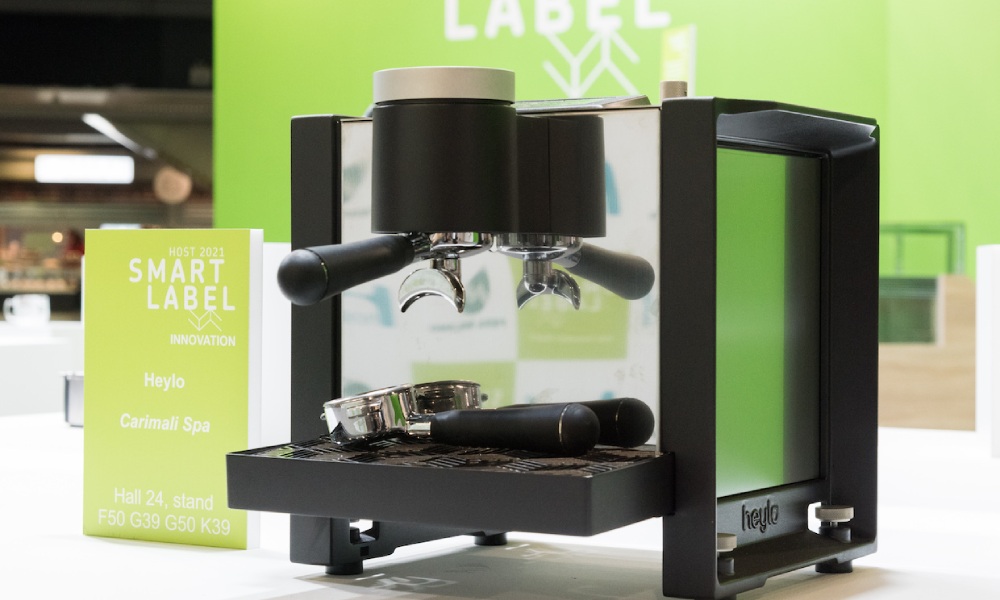Why is pre-infusion so important for espresso?
Ashe Samuels sits down with Dr Robert McKeon Aloe to explore how pre-infusion can enhance extraction and improve cup quality.
Pre-infusion is the foundation of a good espresso – setting the stage for even extraction and ultimately shaping what it tastes like
It refers to the process of saturating the coffee puck with a small amount of water before the shot is actually pulled. This phase can be pivotal – creating the conditions that allow even and consistent extraction.
At low pressure, pre-infusion helps to saturate the puck before extraction. This means that when the water pressure increases, it does so evenly without finding paths of least resistance – resulting in a quicker and more uniform extraction
Extraction can be compromised without this stage as the coffee puck is introduced to hot water at high pressures. This can result in channelling, uneven extraction, and undesirable flavours in the final cup profile.
It can be particularly important for lighter roasts, too. As a general rule, lighter roasts should be ground finer because they are less soluble. A finer grind mitigates this by increasing the surface area, meaning that the water is in contact with “more” of the coffee.
However, a finer grind also means a more compact coffee puck. This increases resistance, which means water is more likely to find “weaknesses” in the structure of the puck, thereby creating channels.
But pre-infusion isn’t simply a way to mitigate mistakes. It can also be used to enhance the flavour and aroma of any given coffee.

What pre-infusion brings to the final cup
As a barista, one of your primary responsibilities is producing consistent, repeatable coffee – and pre-infusion can play a key role in this.
For example, the saturation of the coffee puck under low pressures can lead to greater precision. As we know, pressure and flow rate play a central role in the extraction process and are carefully controlled throughout extraction. Yet, the set pressure and flow rate profiles are only effective if they align with the coffee puck’s resistance. Pre-infusion is crucial in setting this foundation and optimising the brew variables throughout extraction.
Ensuring that the coffee bed is fully saturated also means that a greater surface area of the coffee is in contact with the water, leading to higher extraction yields. With more contact time during pre-infusion, the water can diffuse more effectively and carry more flavour compounds into the final cup. This can increase body, complexity, and intensity.
“Everyone has different taste notes they’re looking for,” says Dr Robert McKeon Aloe, author of Engineering Better Espresso: Data Driven Coffee. “But I really like the mouthfeel and the richness of espresso, and pre-infusion is crucial for that.”
It is now becoming more widely accepted that this stage is crucial for even extraction. Robert highlights its role in optimising another brew parameter.
“One of the most important parts of pre-infusion is equalising the temperature,” Robert says. “Water is entering the portafilter between 80 and 100 degrees Celsius, while your puck is probably somewhere between 20 and 30°C.
“When they meet, you’re losing a lot of that temperature. Pre-infusion allows you to address this differential and bring the temperature to a point that is better for extraction to take place.”

Important variables for baristas to consider
Robert believes that baristas and businesses should experiment with pre-infusion to understand the benefits it can bring to their espresso shots:
Most pre-infusions are static, meaning a low, constant pressure is maintained throughout. However, new technology allows dynamic pre-infusions to be explored.
“What I’ve been finding recently is applying an increasing flow or pressure profile is better than applying static pressure,” Robert says. “I found that if you do a pre-emptive pressure increase, it does better for pre-infusion in terms of extraction.”
Only recently has new espresso machine technology enabled temperature, flow rate, and pressure to be manipulated during the pre-infusion phase. For example, the Heylo espresso module uses an induction heating system which allows fine-tuned control over each variable.
Plus, with a memory capacity that can store thousands of profiles, the Heylo espresso module offers businesses and baristas the space to experiment and optimise their pre-infusion for each coffee.
Ultimately, innovation within the sector has allowed pre-infusion to be understood not just as a mitigating process, but as an opportunity to enhance extraction and improve cup quality. As espresso machine technology improves, it could increasingly be a creative space for the industry to explore.







